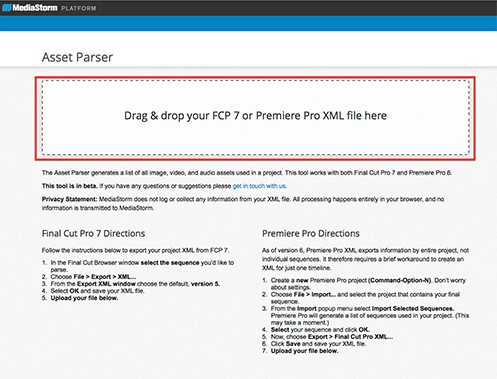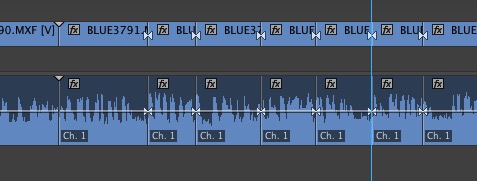A Decade of Learning – 10 Years at MediaStorm
Today I celebrate my 10 year anniversary at MediaStorm; ten years of working with some of the finest people in the industry. To commemorate, here’s a list of ten things I’ve learned and relearned during the last decade. The only way to make a great film is to obsessively care about every single detail from inception through export. Not every project will be great but you can still do great work on every project. You can edit only one film: the one in front of you, not the one you wish for. Filmmaking is a collaborative art form. Work with people you respect, and equally important, people you like. Don't wait until your deadline to ask for feedback. Get it many times along the way. Revision is not part of the process. It is the process. Creativity is not a limited resource. Giving freely replenishes the wellspring. By teaching others, you not…



